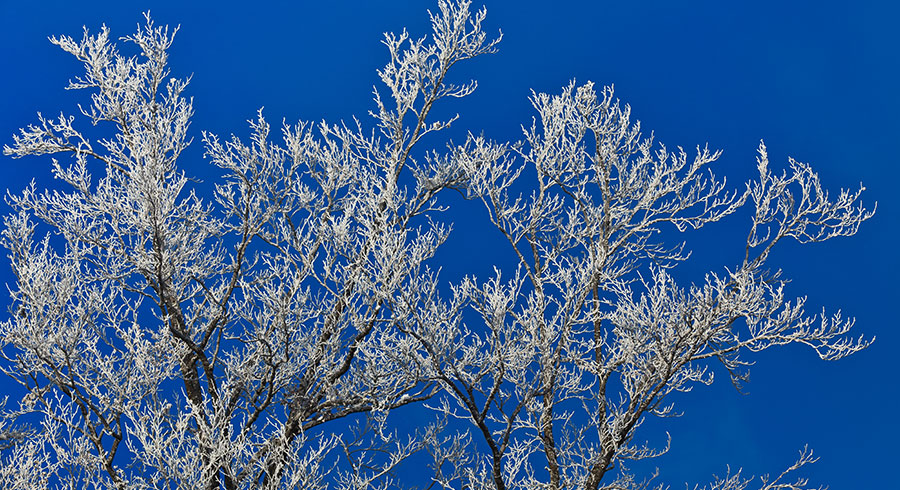The leaves are falling, the temperature is dropping, the days are already getting shorter and that means it’s time to prepare your yard for winter.
Freezing temperatures and winter storms can really do a number on your landscape, if it is not properly put to bed. So, while the trees are doing their part – shedding their leaves to conserve energy for the months ahead – take some time to do yours.
First, Clean Up the Yard
It can be tempting to stay inside where it’s warm, and just hope the leaves will all blow away. But allowing debris to build up on your yard can attract pests and fungal diseases, and prevent proper water absorption and drainage. Similarly, fallen fruit that is allowed to rot over the winter is asking for trouble.
Rake leaves, harvest fruit, pick up fallen branches and remove dead annuals from your yard. Mowing your yard one last time – with the blades on the lowest setting – is also a good idea. A clean, open landscape is less attractive to insects and diseases than one that is full of decaying debris.
Tidy Trees and Shrubs
Winter storms and weak or dying branches is a bad combination. Now is the time to take care of limbs that are hanging, look weak, are infested or dying, as well as give your trees and shrubs an all-over cleanup. A healthy tree is less likely to be damaged in a winter storm.
Remember to wait until after trees have gone dormant to prune them, and always consult a professional if you see anything worrisome, or don’t know how to properly prune.
Don’t Forget to Water
Just because the hoses are detached doesn’t mean your watering days are over until the summer. Trees and plants still need to be watered during dry spells throughout the fall and winter, and your lawn does, too. Even dormant plants need water to survive. Now is also the perfect time to add compost or fertilizer to feed your trees throughout the winter.
Protect Them With Mulch
Think of mulch like a blanket for your trees. A layer of organic mulch about two to three inches deep helps insulate trees from harsh temperatures and retain moisture in the soil. Just be sure not to mulch too deep, and always keep it away from the tree’s trunk.
Discourage Pests
While the bugs are winding down for the season, once spring hits the larvae will be back in full swing. Applying horticultural oils now will help prevent the larvae of common pests like aphids, mites and scale insects from hatching when temperatures rise.
Horticultural oils can usually be found at your local garden center and are relatively inexpensive and easy to apply. Properly removing leaves, dead branches and fallen fruit is also critical to preventing pests from taking over.
When to Winterize
Winterizing your yard should happen around the same time you would winterize your house or vehicle; in New Jersey, that’s usually in October or early November.
Fall Planting
Fall is the perfect time to plant new trees and shrubs. Planting now gives them time to develop a strong root system before the heat of summer hits. So before you put your yard to bed for the season, add some new life, and be rewarded in the spring.
Investing the time now to winterize your yard will mean less troubleshooting in the warmer months. Trees that are properly cared for react better to stress and generally have fewer problems the following season.



Recent Comments